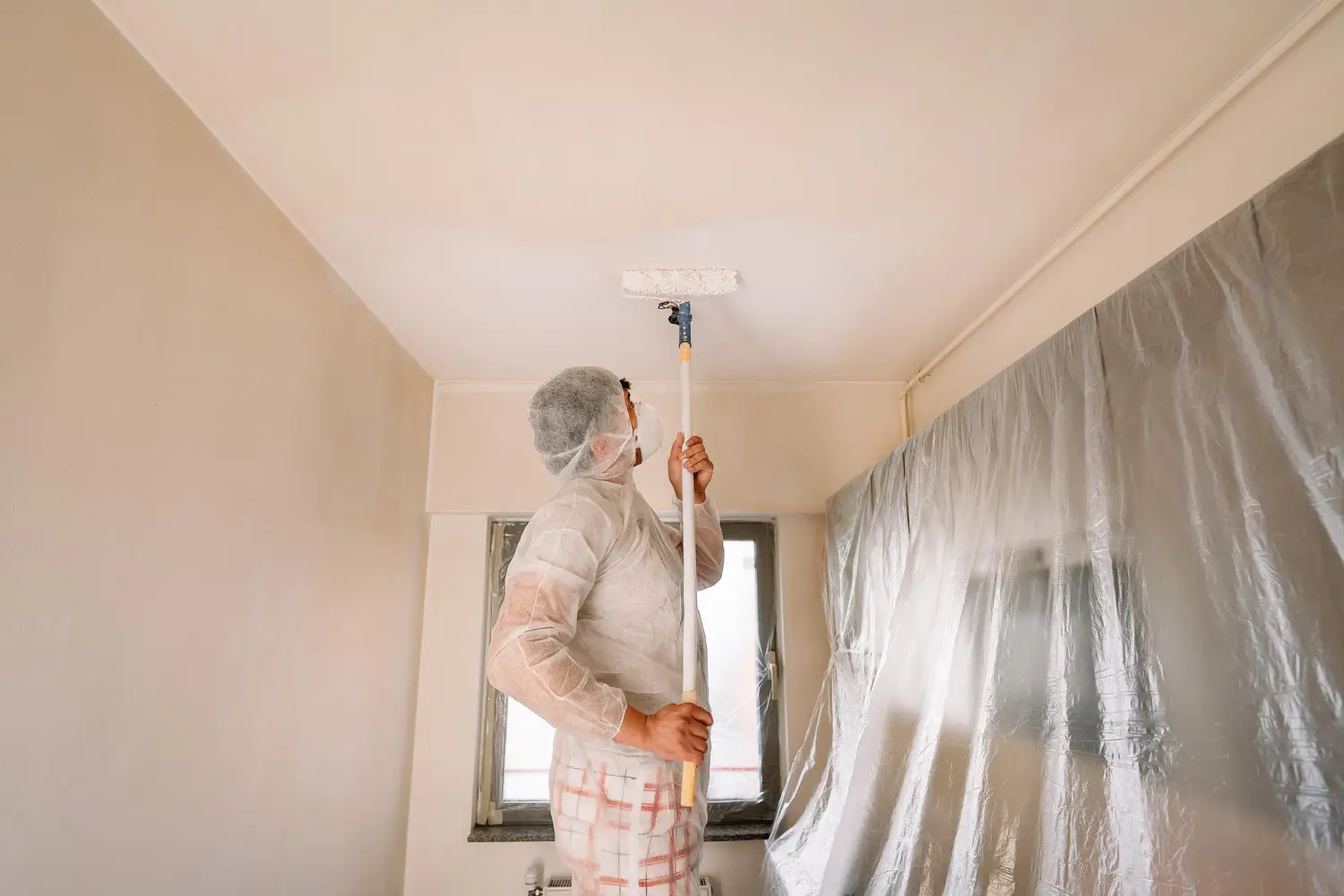Fence Painting 101: The Basics You Need to Know

A perfectly presented, painted wooden fence can add a glorious aesthetic accent to a home’s exterior. What’s more, a high-quality fence painted properly with high-end products has the potential to be surprisingly low maintenance, with a finish that can last for years. Some prefer the appearance of natural wood, but the real beauty of painting or staining a fence comes in the fact that you are able to preserve its pristine appearance long-term.
Well, it’s definitely true to say that painting a fence can be time-consuming and not the most entertaining job, it doesn’t have to be a difficult one. What’s more, put the necessary effort in now and considerably less maintenance will be required over the years to come.

So if you have a fence-painting project in mind any time in the near future, approach it in accordance with the following basic guidelines and you will probably find it much easier to handle than expected:
1. Gather Your Materials
First of all, you are going to need the right tools for the job. And when we say the right tools for the job, we do not mean the cheapest possible tools and products you can lay your hands on.
In terms of the paint and primer you are going to need, it’s important to take into account the quality of the products available to you. Not only should they be specifically designed for use outdoors, but you should look only to buy from brands with the strongest possible reputation for product quality. And the reason being that the more you cut corners now, the more you will regret it later when you find yourself having to perform on-going and constant touch-ups.
The same also goes for the paintbrushes themselves, as while they may all look the same on the surface, they really could not be more different. The cheaper and lower quality the paintbrushes you choose, the more difficult it is going to be to apply the paint to the surface of the fence. Not only this, but lower-grade brushes make it difficult or impossible to achieve a flawless finish. For the sake of spending a few extra dollars, it really is worth going for better brushes.
2. Paint the Fence Before You Put It Up
If it is a possibility, you might want to think about painting the various parts of your fence, before you actually erect it. Or if it is possible to take down your fence with ease (and put it back together again!), you might find doing so works in your favor. More often than not, it is considerably easier to paint fences and their component parts while they are lying on the floor, as opposed to actually being up in place.
Painting the panels in this way also makes it easier to apply the paint or stain you are using to all four sides of the panels. It is very important to ensure that you also stain or paint the ends of the boards, where the open-ended grain will otherwise be at a particularly high risk to rot if moisture is allowed to creep in.
However, if it is going to prove to be an unmitigated nightmare to take down and reassemble your fence, simply paint it where it stands.
3. Prep the Fence
Be sure to set plenty of time aside to give your fence a comprehensive clean, before even thinking about getting started painting or staining it. This means first giving it a good brush down to get rid of residual dirt and debris, before washing it thoroughly with warm water and a suitable cloth or soft brush. For obvious reasons, you also need to give it plenty of time to dry.
During this stage of the process, if you come across any obvious damage or imperfections, now is the time to address them. In addition, pay attention to any areas of the fence you think may have succumbed to rot, rather than simply ignoring or overlooking them. Remove chipped paint, splinters and peels along the way.
4. Prime the Fence
When everything is fully clean and dry, the time comes to apply a layer of primer to the fence – assuming you are not painting over an existing layer of paint. It is important to use the highest quality primer you can lay your hands on, applying an even coat in exactly the same manner you would any standard paint. In some instances, you may need to apply a second coat of primer, being sure to give the first coat plenty of time to dry first.
5. Paint in Sections
Last but not least, when the time comes to apply the paint itself, it is a good idea to focus on one section of the fence at a time. The biggest mistake you can possibly make in terms of hampering the results is to attempt to rush the job, or tackle it all at once. If you are looking for the kind of even and consistent coverage you would expect from a professional paint job, it pays to focus on one much smaller area at a time.
In addition, pay close attention to the ambient conditions at the time, avoiding periods of high heat, extremely low temperatures, high winds or high humidity. Be prepared to work multiple coats of paint if necessary, being sure to give each coat ample time to dry before moving on to the next.










